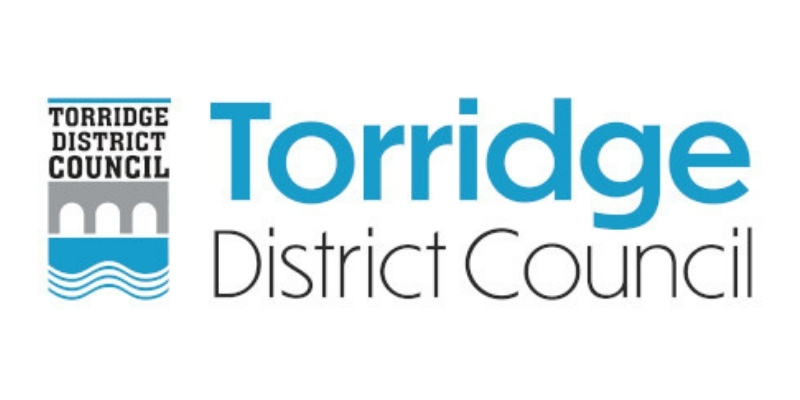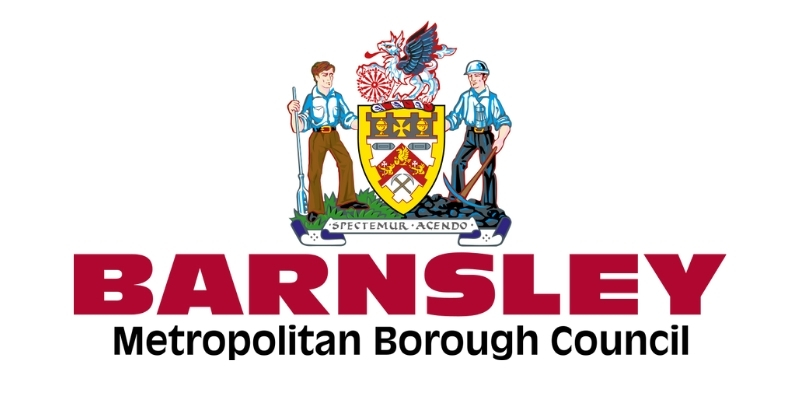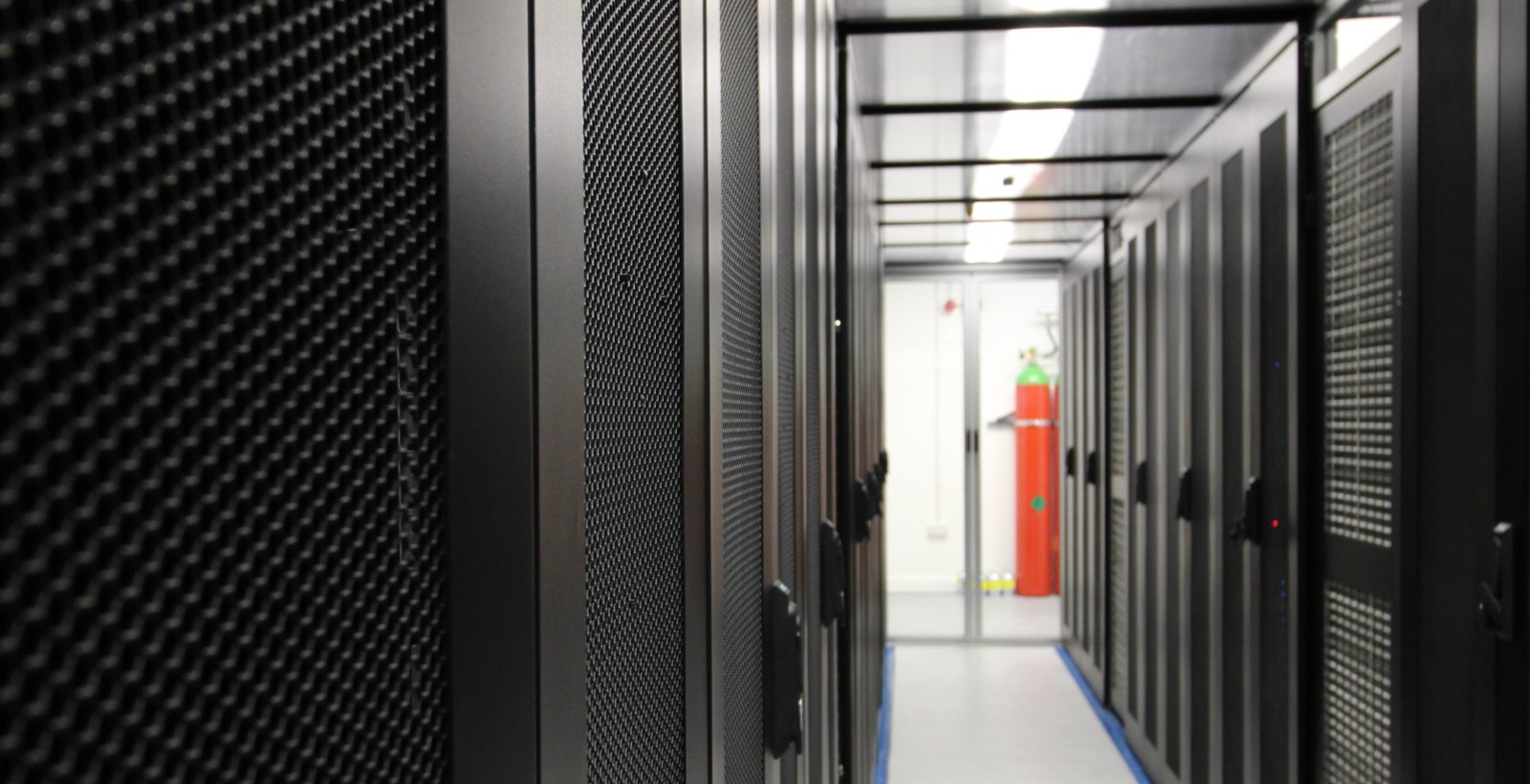
Data Centre Aisle Containment
We provide a range of cost effective cold and hot data centre aisle containment solutions tailored to meet your data centre requirements. By separating the cold supply from equipment exhaust air, you will not only extend your air conditioning service life but save on electrical costs and reduce your carbon footprint.
What Is Data Centre Aisle Containment?
Traditional open aisle data centres use perimeter air conditioning or CRAC Cooling (computer room air conditioning) units to channel cold air up through a raised floor void via grilles positioned in front of the data cabinets without surrounding containment. This is inefficient, reduces air conditioning service life and increases electrical costs as there is no separation between the supply and return air.
By installing data centre aisle containment, this enables consistent, stable supply temperature to the intake of IT equipment and a warmer, drier return air to cooling systems. There are two forms of aisle containment configurations available; hot and cold. In some cases, an installation may use one or both types of containment to prevent hot and cold air paths mixing.

Advantages of Data Centre Aisle Containment
Our hot and cold data centre aisle containment solutions provide a number of key advantages such as:
- Extended Air Conditioning service life
- Efficient operation of the air conditioning system
- Improved energy efficiency and a lower PUE ratio which will cut electrical costs
- Lower your carbon footprint
- Reduced bypass airflow rate and ‘hot-spots’ within server racks
- Increased server rack density and in-rack server population
- Increased return temperatures to reduce cooling energy
- Prevents cold and hot air mixing
- Reduced air volumes to save fan energy
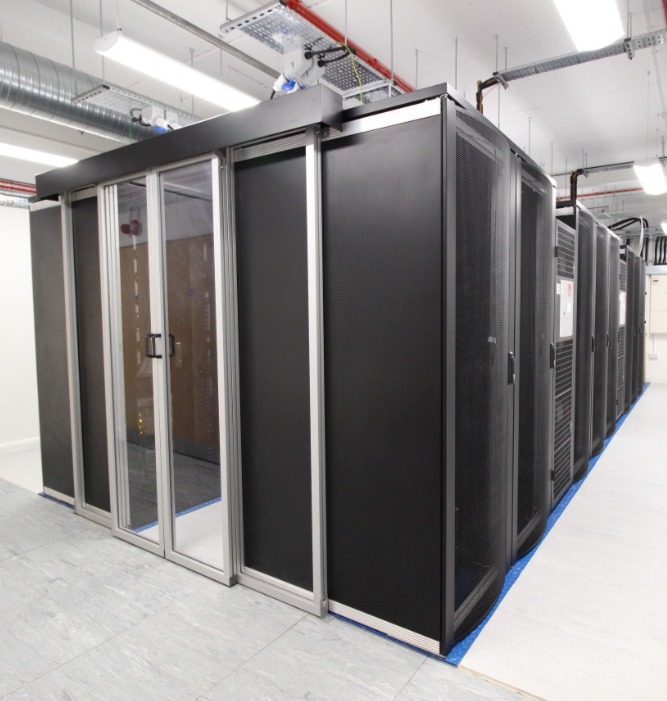

Contact us on 0844 225 0094 to book an exploratory meeting or click below to fill in our contact request form:
Discover what our data centre aisle containment services can offer.
Hot Aisle Containment
With hot data centre aisle containment, exhaust air is usually sent into a suspended ceiling, returning the warm air to the CRAC units. Since the majority of data centres use raised floors to supply cold air around the room, cold air containment is commonly used in retrofitting, but hot aisle containment is considered where an under-floor plenum doesn’t exist or in new builds. The benefits of installing hot aisle containment include:
- Flexible solution that can be applied to most existing IT infrastructures.
- Increased return temperatures to reduce cooling energy saving on electrical costs
- The open areas of the data centre are cool and can be used for certain low-density racks or storage cabinets
- The uncontained area is a more acceptable working environment for technicians and engineers in the data centre
- Raised floor and supply ductwork can be avoided
- Accurate distribution of supply air is less critical as hot air is correctly returned


Cold Aisle Containment
Cold aisle data centre containment is most commonly used where cold air is fed to the server racks using an under-floor plenum (raised floor) or InRow cabinet cooling. Containment is used to keep the cold air to the inlet side of the racks, while the exhaust side is left open allowing the warm air to return to the CRAC units for cooling. The benefits of installing cold aisle containment include:
- Easy to implement without the need for additional fabrication to contain and return exhaust air such as a drop ceiling or air plenum.
- Typically less expensive to install than hot aisle containment.
- Enables more surface area for 'cold sinks' (with or without raised floor) ride through in the event of power failure or faults.
- Increased return temperatures to reduce cooling energy
- Only requires sealed doors at end of aisles and aisle roof closures.
- Flexible solution that can be applied to most existing IT infrastructures.
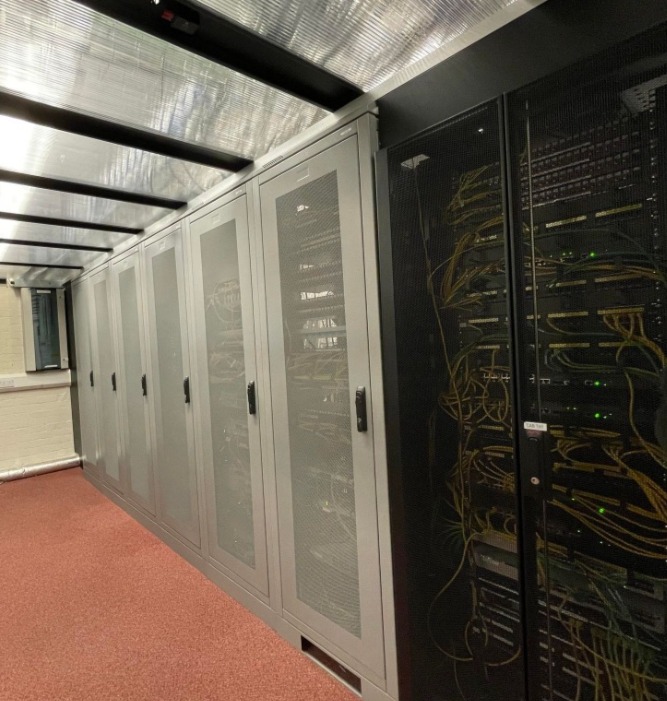

Our Data Centre Aisle Containment Recommendation
Compared to cold, Hot aisle containment will be more forgiving for network racks and stand-alone equipment such as storage cabinets that might have to live outside the containment architecture i.e. they will live in the lower temperature area of the computer room.If applicable, we would highly recommend hot aisle containment as we find it the most efficient way of cooling a data centre and keeping running costs down. Another benefit with Hot Aisle containment is where the room is cooled to a low temperature, the existing UPS can be stored within the data centre eliminating the requirement for a separate UPS room which would also require an additional cooling system.
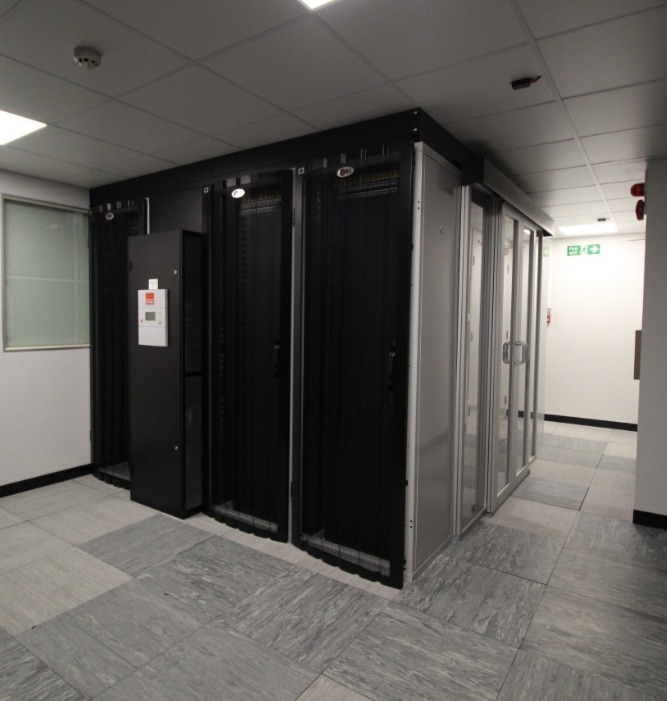
Data Centre Aisle Containment Experts
At INFINITI, we have developed both a dynamic and cost effective approach to data centre aisle containment solutions whilst ensuring transparency between the client and project manager. We will approach your aisle containment project with the same integrity and drive no different to any other, big or small, providing you with a fully integrated experience relevant to your business.We assign every client a full-time data centre expert and on-site supervisor as their point of contact. They’re available throughout the aisle containment installation process to answer any questions, provide support, and ensure your solution matches your organisation’s requirements.










































